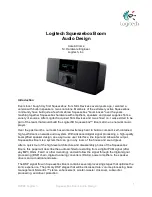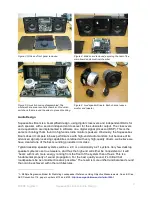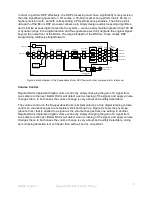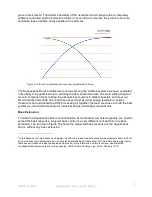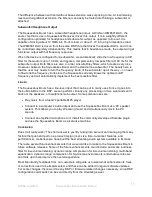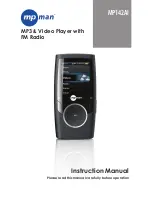
©2008 Logitech
Squeezebox Boom Audio Design
4
Figure 3: Grills and front panel removed.
Figure 4: Main board removed, exposing the rear of the
main board and acoustical chamber.
Figure 5: Acoustic housing disassembled. The
woofers share a rear acoustic chamber. Production
units have foam around the wires to prevent buzzing.
Figure 6: Loudspeaker Drivers. Each channel uses a
woofer and tweeter
Audio Design
Squeezebox Boom is a bi-amplified design, using digital crossovers and independent DACs for
each speaker, with a second independent crossover for the subwoofer output. The crossovers
and equalization are implemented in software on a digital signal processor (DSP). This is the
same technology that’s found in high-end studio monitor speakers. Obviously, the Squeezebox
Boom doesn’t compete in bass performance with high-end studio monitors, but because of its
advanced signal processing capabilities combined with very high-quality drivers, we believe we
have created one of the best sounding products in its class.
Typical desktop speaker systems will be a 2.0, or occasionally a 2.1 system. Very few desktop
speaker systems use true tweeters, and thus the high end will either be nonexistent or it will
‘beam’ with much more energy coming from the front of the system than off axis. This is a
fundamental property of sound propagation. For the best quality sound, it’s critical that
loudspeakers be as omnidirectional as possible.
1
The result is more unified and balanced sound
than can be achieved with other architectures.
1
A Multiple Regression Model for Predicting Loudspeaker Preference Using Objective Measurements,
Sean E. Olive,
AES Convention 116, paper numbers 6113 and 6190.
http://aes.org/e-lib/browse.cfm?elib=12847

